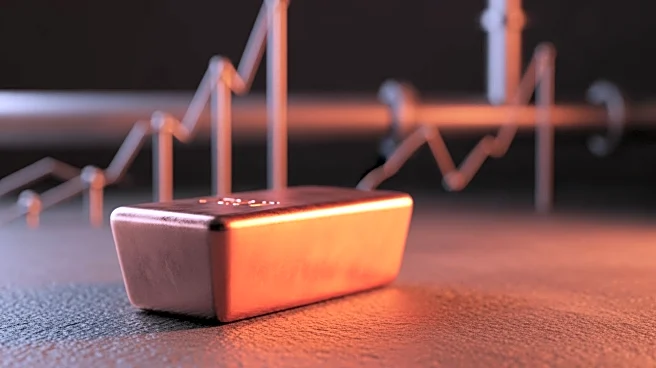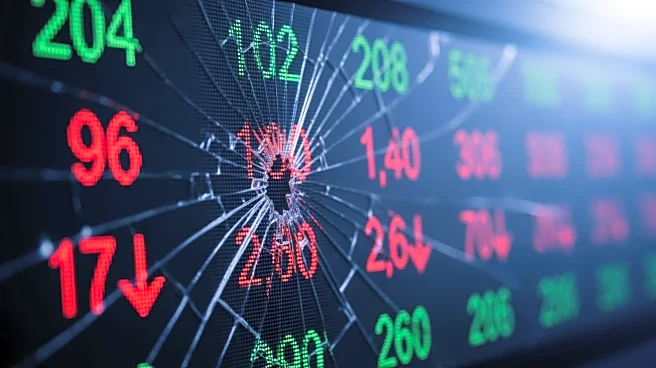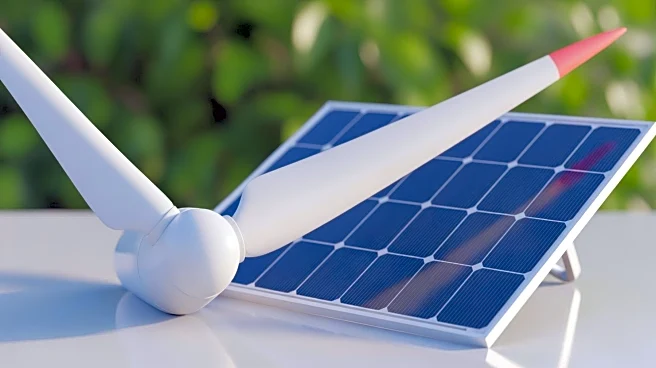What's Happening?
UBS has increased its copper price forecasts for 2026, citing persistent mine disruptions and strong demand from electrification and clean-energy investments. The bank raised its March 2026 price forecast by
$750 per metric ton to $11,500, with further increases for June and September 2026. UBS also adjusted its market deficit forecasts, predicting a deficit of 230,000 tons in 2025 and 407,000 tons in 2026. Disruptions at major mines, such as Freeport-McMoRan's Grasberg mine in Indonesia, have contributed to supply constraints. Despite these challenges, global copper demand is expected to grow, driven by electric vehicles and renewable energy projects.
Why It's Important?
Copper is a critical component in various industries, including electronics, construction, and renewable energy. The increased price forecasts reflect the growing demand for copper in the transition to clean energy and electrification. Supply deficits could lead to higher costs for industries reliant on copper, impacting production and profitability. The disruptions at major mines highlight the vulnerability of supply chains and the need for investment in infrastructure and technology to mitigate risks. The forecasted price increases may encourage investment in copper mining and exploration, potentially leading to new projects and technological advancements.
What's Next?
UBS recommends remaining long on copper or using volatility-selling strategies, suggesting that any price weakness should be short-lived. The bank's forecasts indicate continued tight supply conditions, which could lead to further price increases. As demand for copper grows, industries may seek alternative materials or invest in recycling technologies to reduce dependency on new copper sources. The ongoing supply challenges may prompt governments and companies to invest in infrastructure and technology to improve production efficiency and reduce operational risks.
Beyond the Headlines
The rising copper prices and supply deficits could have broader economic implications, affecting industries reliant on copper and potentially leading to increased costs for consumers. The focus on electrification and clean energy highlights the importance of sustainable resource management and investment in renewable technologies. The geopolitical implications of copper supply disruptions may lead to increased competition for resources and influence international trade policies. As the demand for copper continues to grow, there may be increased pressure on mining companies to adopt environmentally sustainable practices.













